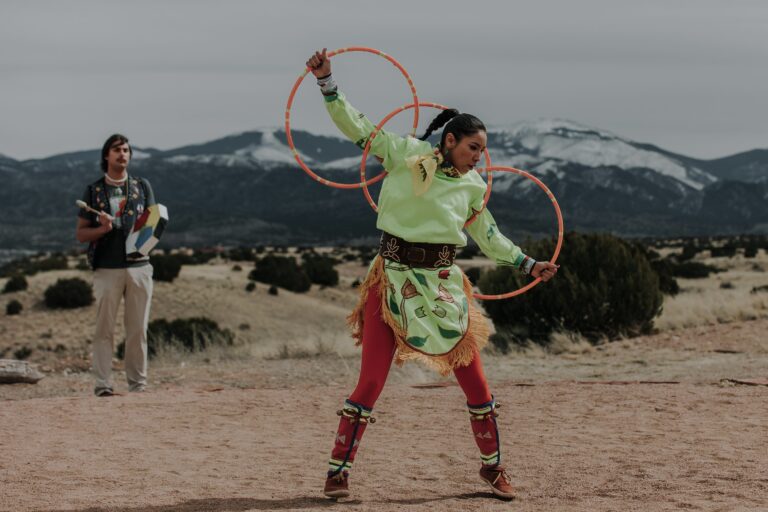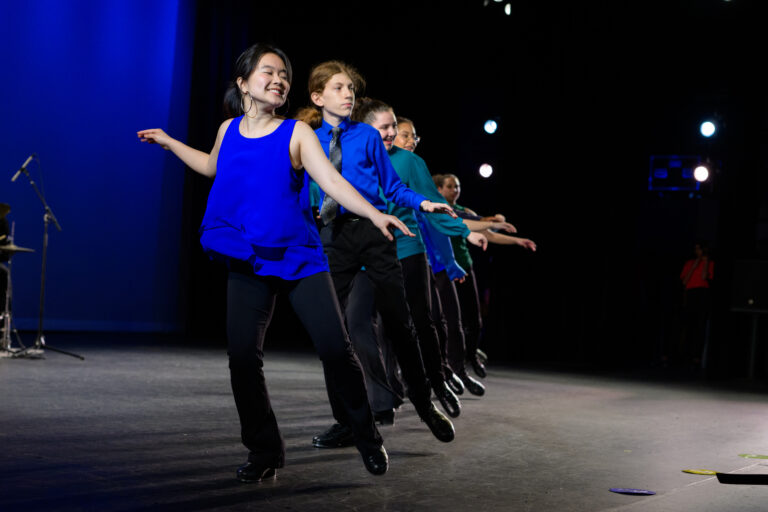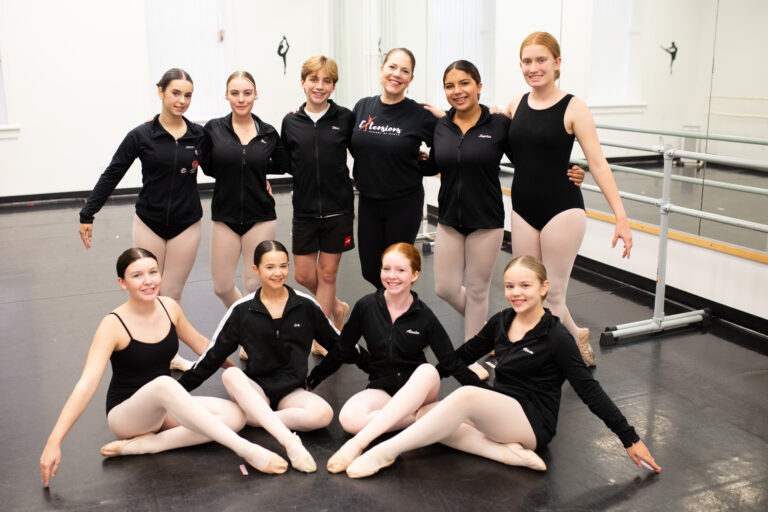
When it comes to Cynthia Oliver’s classes, you always bring your A game. (As her student for the last two and a half years in the MFA program at the University of Illinois at Urbana-Champaign, I feel uniquely equipped to make this statement.) You never skip the reading she assigns; you turn in not your first draft but your third or fourth for her end-of-semester research paper; and you always do the final combination of her technique class full-out, even if you’re exhausted.
Oliver’s arrival at UIUC 20 years ago jolted new life into the dance department. “It may seem odd to think of this now, but the whole concept of an artist-scholar was new when she first arrived,” says Sara Hook, who also joined the UIUC dance faculty in 2000. “You were either a technique teacher or a theory/history teacher. Cynthia’s had to very patiently educate all of us about the nature of her work, and I think that has increased our passion for the kind of excavation she brings to her research.”
Coming off a successful choreographic and performance career in New York City and a PhD in performance studies from New York University, Oliver held her artistic and scholarly careers in equal regard—and refused to be defined by only one of them. She demands the same rigor and versatility from the BFA and MFA students she teaches today—as in this semester’s aptly titled Synthesis, a grad class where students read female-authored memoirs (Audre Lorde’s Zami, Gabrielle Civil’s Swallow the Fish) and then create short movement studies from prompts based on a memoir’s narrative structure or content. It was Oliver, too, who advocated that grad students should be required to take at least one class outside of the dance department, as a way of guaranteeing a cross-disciplinary influence on their studies.
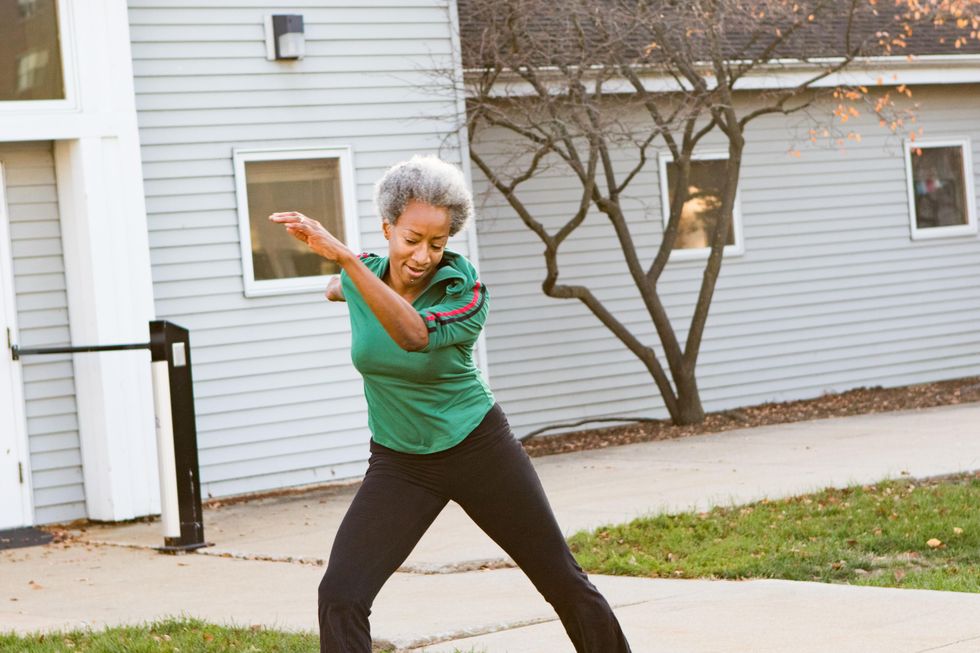
But alongside her high standards, Oliver has also become known for holding space for students’ complexity. “I have a tendency for a particular kind of disobedience or defiance, and people usually try to punish that,” says Niall Jones, who graduated from the MFA program in 2014 and has also been a performer in Oliver’s work. “But Cynthia finds a way to see and attend to what’s really happening in that posture. She has a capacity to listen. There’s a space for otherness in her work and in her teaching, to allow people to step into different ways of being.”
Though Oliver’s role at the university has undergone some shifts over the last few years, the connection between her work and her art remains a thread through everything she does. Three years ago, she began splitting her time between the dance department and the Office of the Vice Chancellor for Research, where she helps scholars and faculty in the humanities and arts find support for their research. And over the summer, Oliver was named a Center for Advanced Study professor, an appointment that she’ll hold until she retires, which comes with an annual research stipend and the chance to engage with other scholars across campus.
I sat down with Oliver over Zoom to pick her brain about how she crafts her legendary syllabi and what it’s been like to watch dance academia slowly embrace her approach.
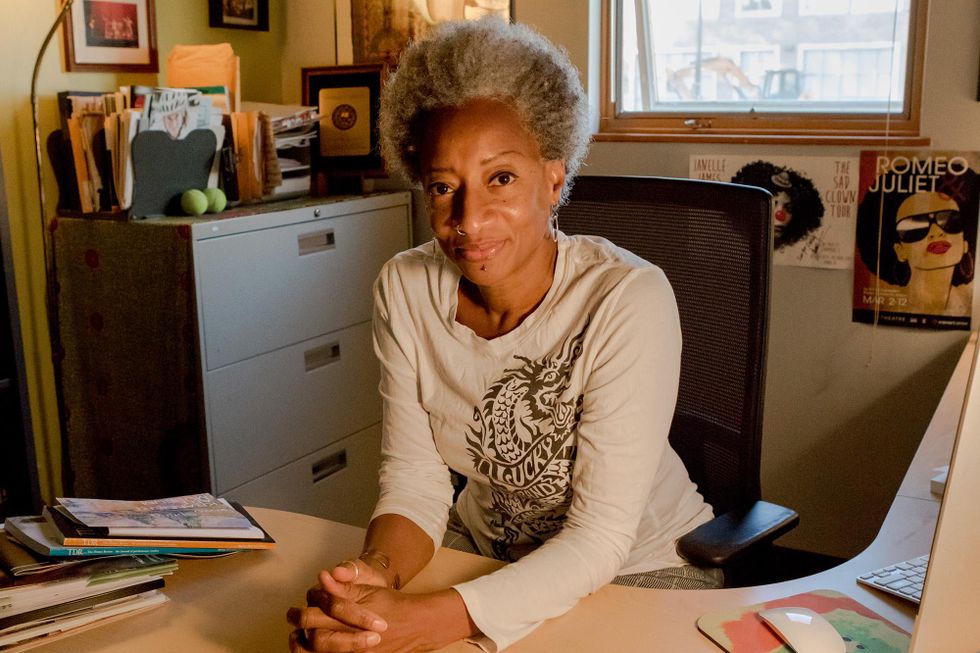
What’s kept you here at Illinois for 20 years?
I came here as an experiment. I had been an independent artist in New York for many years, and I intended to continue doing that, because that was a life that worked for me. But at the same time, I would have these periods where I thought, “What am I doing?” During one of those periods, I went to grad school for performance studies. As I was finishing up, Renée Wadleigh, who had been my undergrad teacher [at Adelphi University, before Wadleigh joined the UIUC faculty] reached out to me and said, “I’ve been following your career. If you ever think about teaching at a university, consider Illinois.” [My husband] Jason and I decided to try it for three years. We always felt like we could go back to the city if we hated it.
Many of us think: “I’m going to go into the academy, and my career will be over.” It doesn’t. It might amplify it in certain ways, and it might ebb and flow. For me, I needed that ebb and flow, so I could recover from a really active period and then focus on my writing and teaching for a period. It’s a different kind of intellectual engagement. That’s what’s kept me here.
How has your approach to pedagogy changed over your time here?
In New York, I had a class that I would teach that generally was offered to other professionals who were preparing to go to rehearsal. In the academy, I had to learn a different kind of teaching, and that’s where my real education started around pedagogy.
I realized that I could either continue in a kind of dominant aesthetic vein, or I could figure out what I had to offer that was different from what the students were getting from my peers in the department. So that’s what I did. I called on my Afro-Caribbean background, my club dancing background, my time with Ronald K. Brown and Baba Richard González, my growing up in the Caribbean. I started to pull that material into a structure that reflected the values that I have around community and bodies being together—people understanding a depth of engagement that is not immediately Eurocentric. There was space to do my own investigation here, to think about my own pedagogical aesthetic and cultural interests, and incorporate them in my teaching. That’s also what keeps me here. I can continue to question and shape and change according to certain values and attach those to my research interests.

I’ve always assumed that the seminars you teach in the grad program are so writing- and research-intensive because of your experience getting your PhD in performance studies. Is that true?
I have a strong intellectual interest. My experience going into performance studies enriched my practice in ways that I could not have imagined. I remember what it felt like to have all of those pistons firing while I was making work. It was overwhelming, it was stimulating, it was exciting. I wanted to cry, I wanted to scream—all at once. I think I offer that to our program. There’s also my insistence on the cross-disciplinary requirement in our program. You all have to reach outside of the department to engage with other intellectuals and creative practitioners across disciplines to inform your own.
There are grad students who have cursed me for bringing that kind of rigor. But my experience in the field has been about my being able to talk about my work in-depth—about the choices I make, about epistemologies around it, about world views, influences, all of that. In order to do that convincingly, you have to have a foundation. I want you all to be legit, to know what it is you’re talking about your own work in relation to. And that comes from an intellectual heft.
The syllabi you create for the grad classes are incredible. They’re so thoughtful, so detailed, so well-crafted. How do you do that?
I work on my syllabi like I work on my choreographic projects. I piece these bad boys together over time. I do not do it in a rush. I take notes. If I come across something—a scholar, what I’ve read, what someone said—I’ll jot it down. Eventually, I’ll pull all of those notes together. That’s when it gets exciting. There’s always something serendipitous about it.
There are people who don’t see the labor that goes into my class. And that’s when I say, “OK, I’m going to reveal the bones of this in a way I wouldn’t, ordinarily.” For example, in a course I’m teaching this semester, I only used texts by women. I didn’t walk in and announce it—”Well, if you would notice, all of these authors are women”—I just did it, because, for me, that was a feminist act. Because that’s how a white, patriarchal voice works: It presumes authority, and it offers you this information—and you are supposed to take it, as if that’s the law of intellectual curiosity, of how one should think.
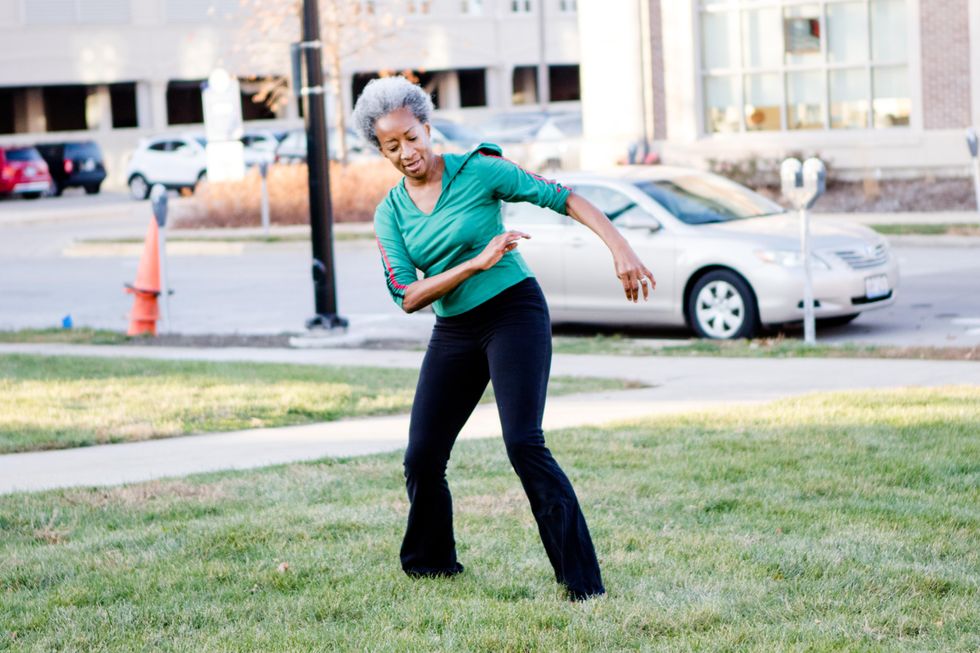
Your longtime approach is finally being picked up by dance programs across the country that are slowly decolonizing their curriculums. Does that make you feel excited? Relieved?
There’s a part of me that is tired, to be honest. Because artists of color have been doing this work for a really long time—that labor has always rested on our shoulders. I have to resist any moments of cynicism and really be willing to just seize the moment and work with folks to make the changes happen. I don’t know that America as a whole is ready for it, but it feels like institutions are finally ready to look at the ways inequity has historically been established and continues through the systems in place.
So how do you combat that feeling of tiredness?
I think by seeing things happen, by seeing change—seeing more students of color in our program, for example. I’m excited that I have two additional colleagues of color [associate professor Endalyn Taylor and assistant professor C. Kemal Nance] on our faculty. We’re not a perfect situation, but our department head, Jan Erkert, has made this a priority. That makes it easier to make people feel more welcome. At the same time, you have to understand that if you change your curriculum to be more inclusive—as it should be—you also have to be nimble and responsive to what the needs are of that diverse community. Those are the growing pains that have to happen.

